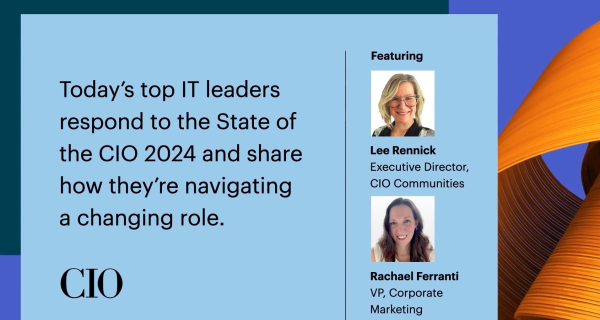Earlier this month, IDG Communications’ marketing team attended HubSpot’s annual INBOUND conference. As always, the conference was a hub of thought leadership, high-level strategic insights, and an environment for marketers to get inspired and embrace transformation for our field. Our team attended several interactive sessions at INBOUND 2019 and left with quality takeaways to revitalize marketing initiatives and leverage efforts to maximize impact. As our fellow marketers, we want to share what we learned to help you boost efforts and better engage your target audience.
Employ Strong Contextual Alignment
Relevancy of content should always be at the forefront of any marketer’s mind. Your marketing team may have the highest quality content with strong promotion and resources to support it, but if the message is not reaching your target audience, the campaign will not yield desired results. Establishing a content/audience fit is critical to enable marketers to deliver the right message to the right audience in the right place at the right time.
Inbound presenter Daniel Waas explained the importance of knowing your audience to truly deliver on buyer expectations. To ensure relevancy of content, he suggested marketing teams attempt this fill-in-the-blank exercise when in the planning stage of a new initiative: This (marketing initiative) is for (target audience) that are struggling with (pain point) because (underlying problem). After establishing the purpose and intended audience for your content, create a framework to express how your organization’s product or service can satisfy the buyer’s need. As the marketing industry continues to evolve, it’s important that we employ strategic practices to capitalize on as many factors within our control, such as contextual alignment, to improve engagement and drive results.
Perfect Your Subject Lines
Subject lines can make or break the success of your email campaign. But despite their ability to catch the attention of buyers, subject lines are often overlooked. When discussing best practices for email marketing campaigns, Inbound speaker Jay Schwedelson spoke to the importance of subject lines as the foundation of marketing campaigns and offered research-backed tips for marketers to invigorate our subject lines and boost open rates. After all, subject lines are a marketer’s first (and sometimes, only) opportunity to display their offer to recipients, so make it count!
As Jay explained, a great subject line is one that peaks an audiences’ curiosity and creates a sense of urgency, thus prompting recipients to take action and engage with your message. Using words or phrases that appear to have an expiration such as tomorrow, don’t miss, or hurry evoke a sense of urgency that make consumers want to act. Phrases that promote a sense of exclusivity to the consumer such as VIP, exclusive, or available for you are also effective techniques to boost open rates. Subject lines are a marketer’s first chance to communicate value to buyers, and thus we should optimize email performance by including subjects that peak users’ curiosity and prompt them to find out what’s hiding behind the curtain.
Use a Storytelling Structure
Marketers are storytelling experts. But as you likely know, effective marketing involves much more than crafting a quality narrative. The real challenge is delivering that message to the right audience, in the right place, at the right time. Reaching buyers with relevant content at the appropriate stage in the buyer’s journey is paramount in establishing quality relationships that open the door for business conversations to unfold.
Another important aspect when crafting a narrative is that much of human decision-making is unconscious, so creating a strategic plan to engage consumers with your organization’s story in an organic manner is a necessity. To be effective, we must get comfortable with the notion that prospects can make split-second, unconscious choices that impact buying decisions and infuse campaigns with messaging to promote decision-making in our favor.
Similar to using certain words to trigger open rates in email subject lines, we as marketers should cater our content to include a message that coincides with what buyers already unconsciously want and believe. For example, as Inbound speaker Tamsen Webster discussed, most people believe that they make smart and capable decisions. To be successful, campaigns must use language that acknowledges that target audiences are already making smart decisions – and that the product or service being promoted will be the next smart decision to strengthen a buyer’s business. This line of thought contests the challenger sales methodology which hinges on exposing flaws in customer thinking. Why? Because telling audiences they are wrong does not set the foundation for a strong relationship between buyer and seller. Instead, marketers should supply a story that reinforces shared beliefs between buyer and seller to foster mutual respect, engagement and success.
Overall, INBOUND 2019 provided a number of actionable takeaways that us marketers can apply across various industries, and tactics to engage your target audience was a common thread amongst speakers who understand the challenges that modern marketers face.
For insight into engaging tech decision-makers specifically, read the 2018 IDG Customer Engagement research.




